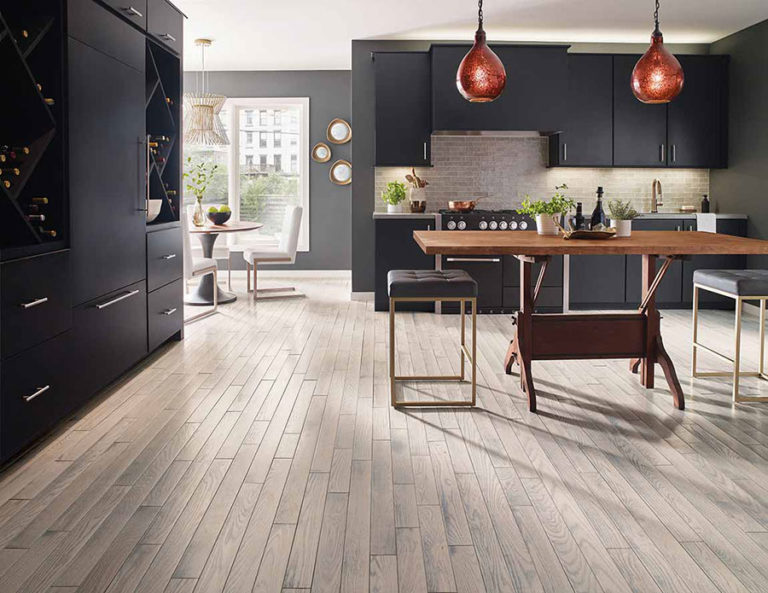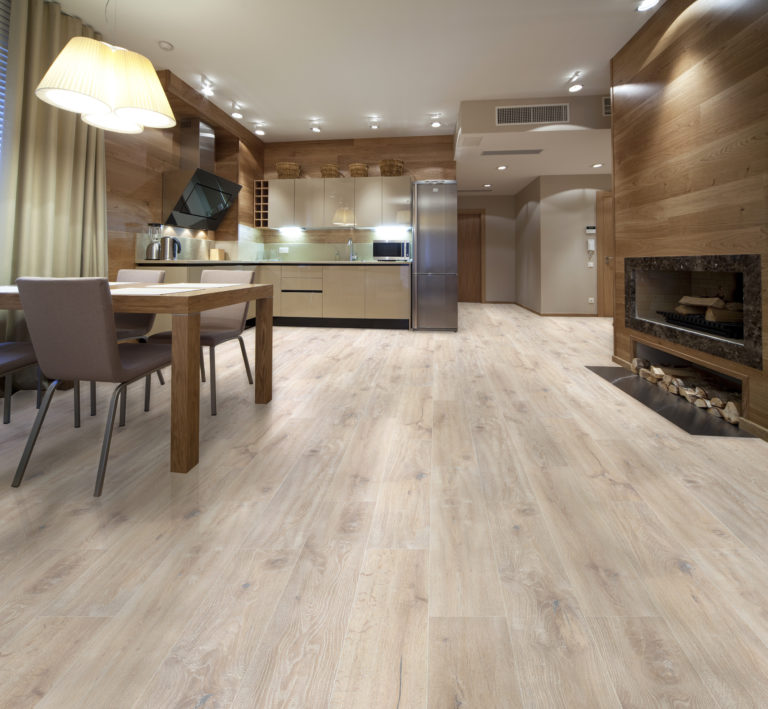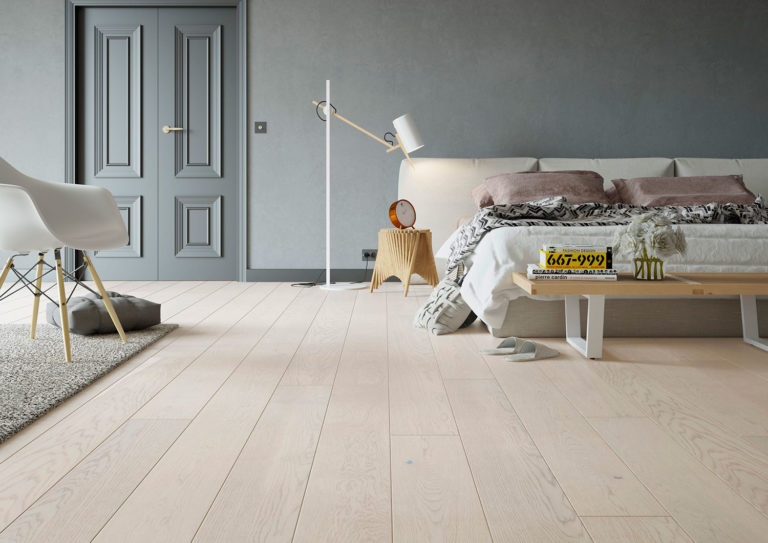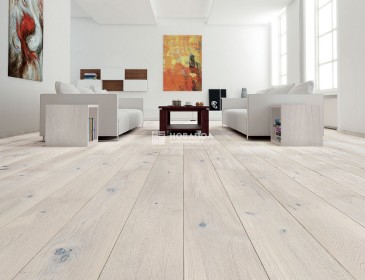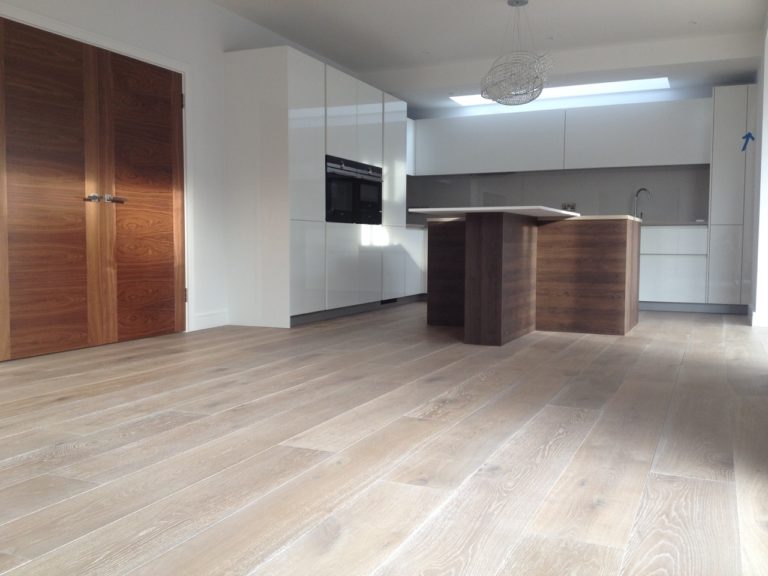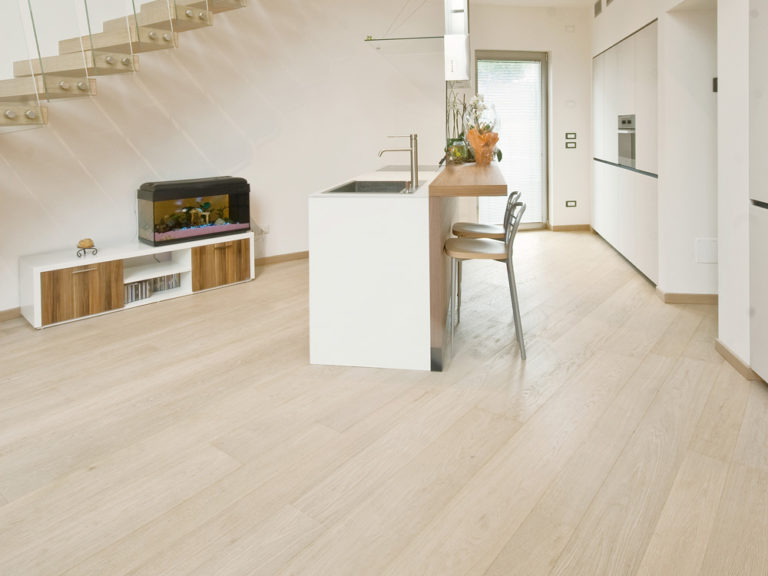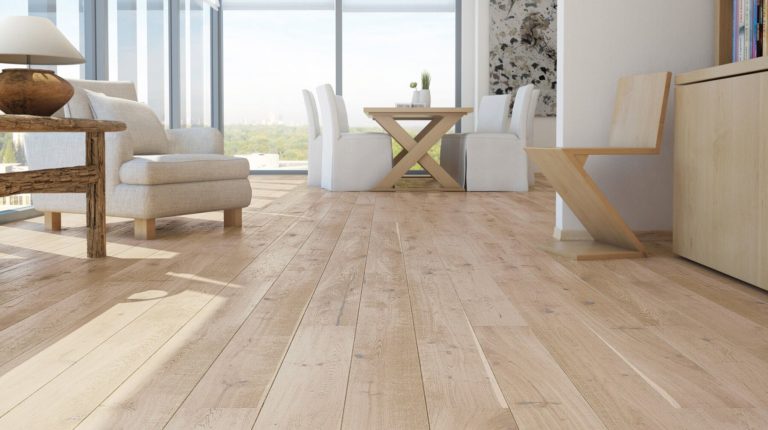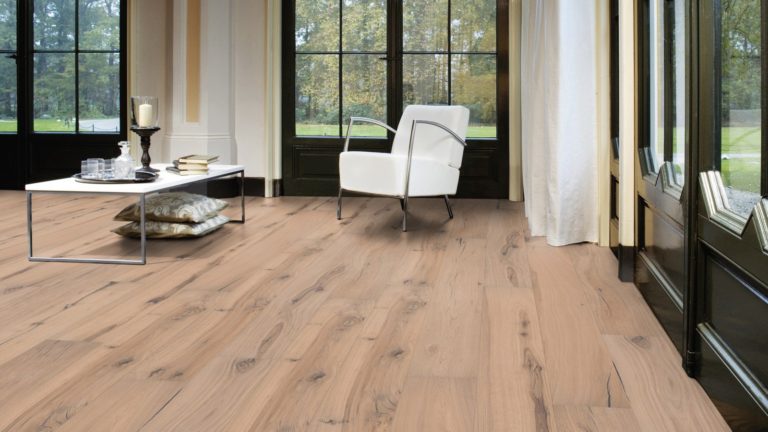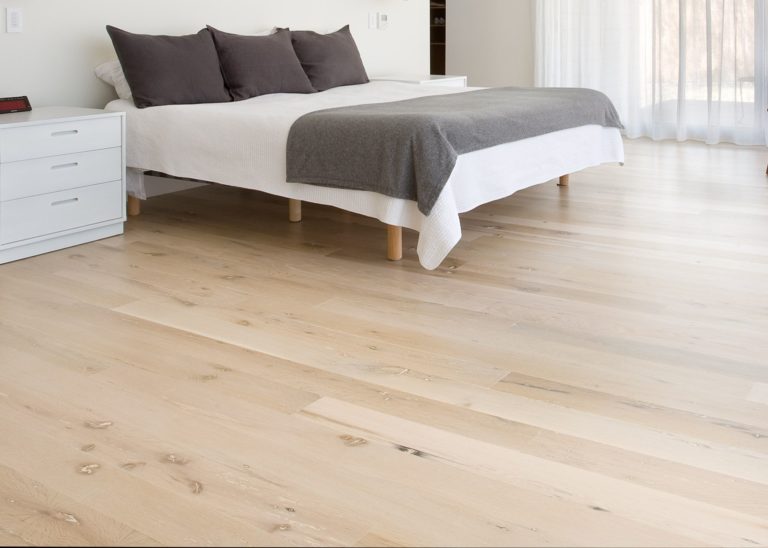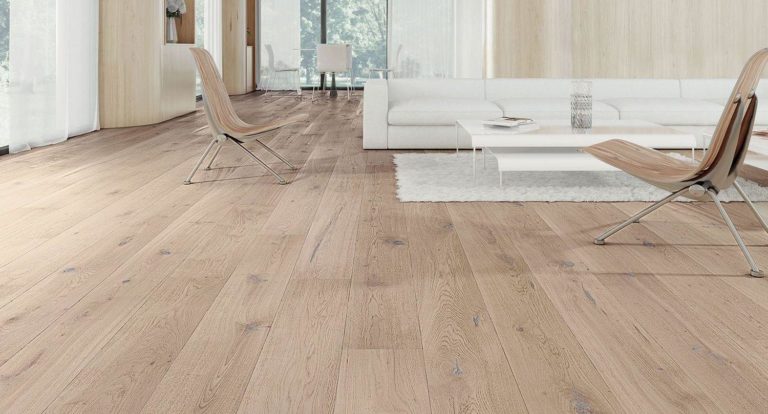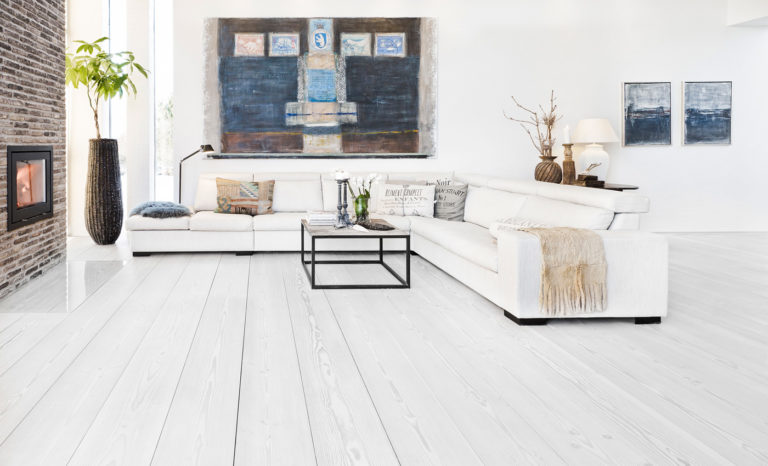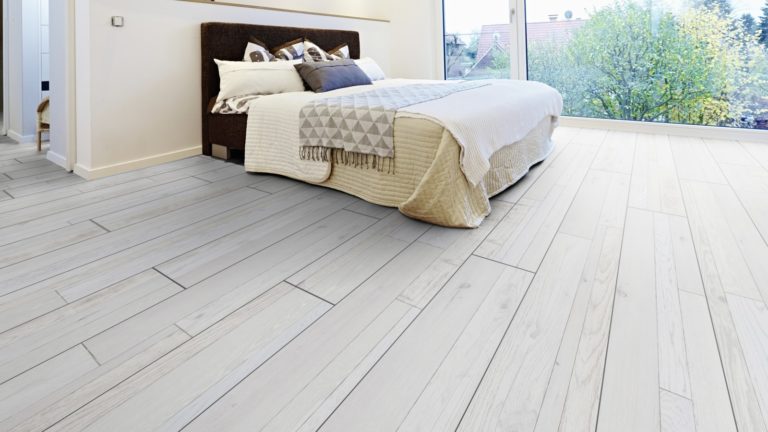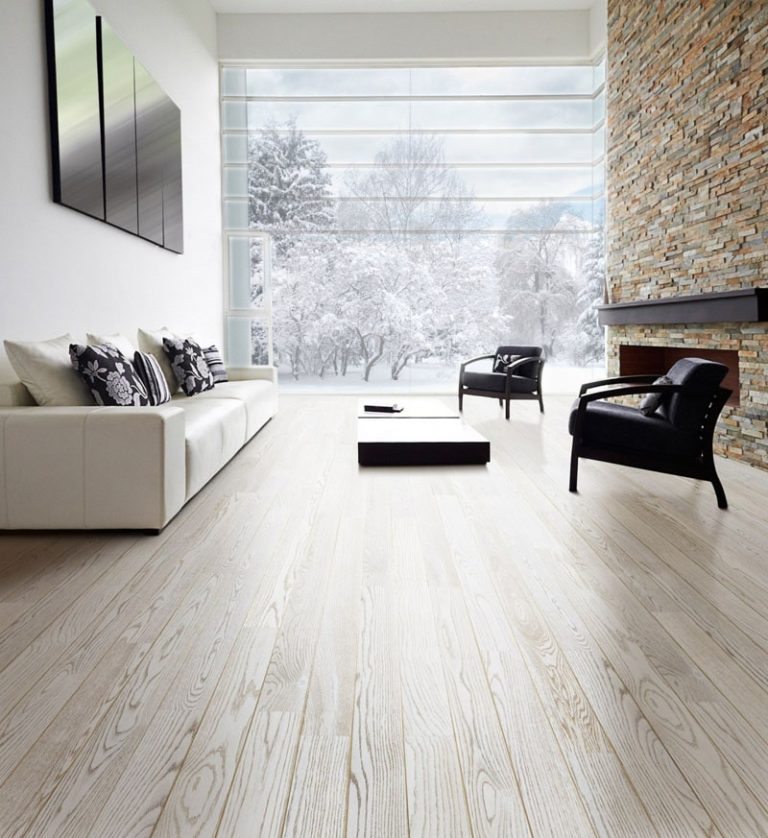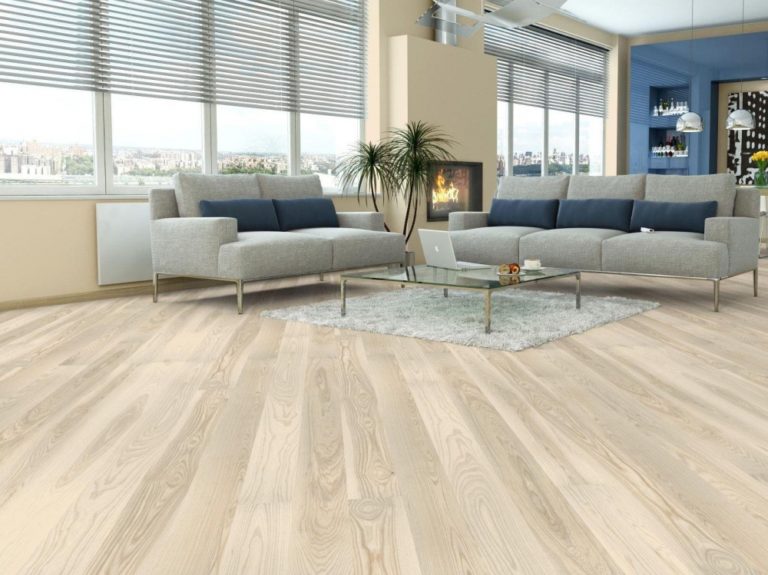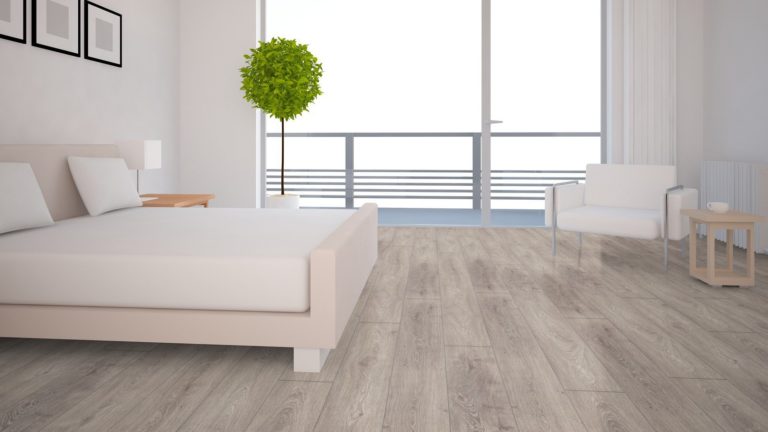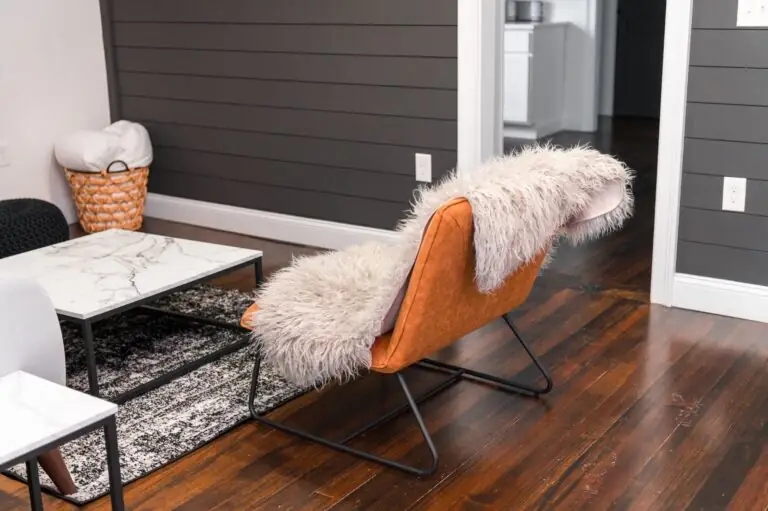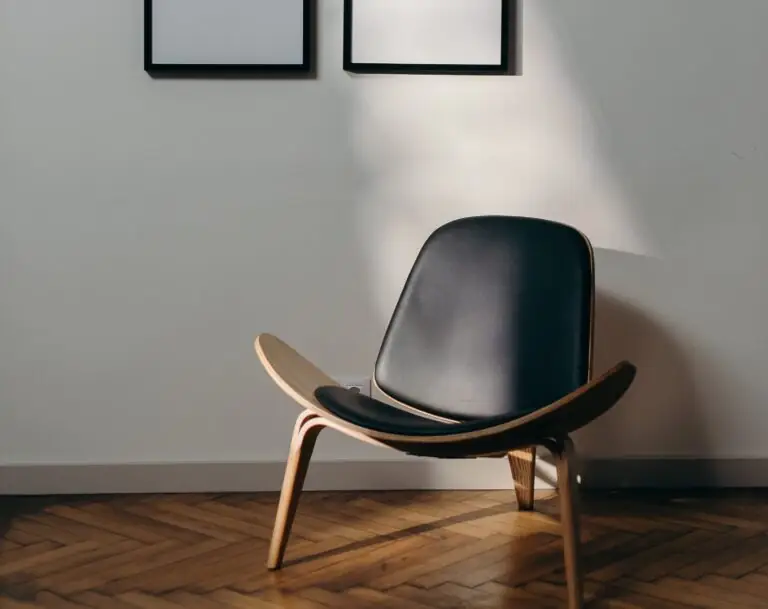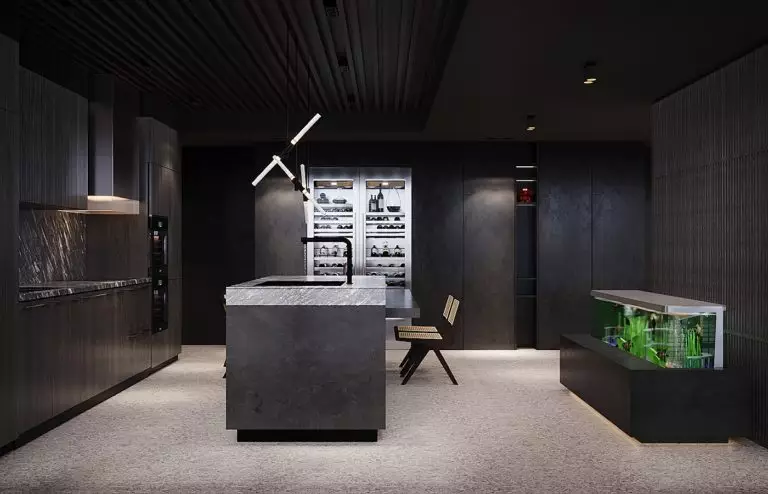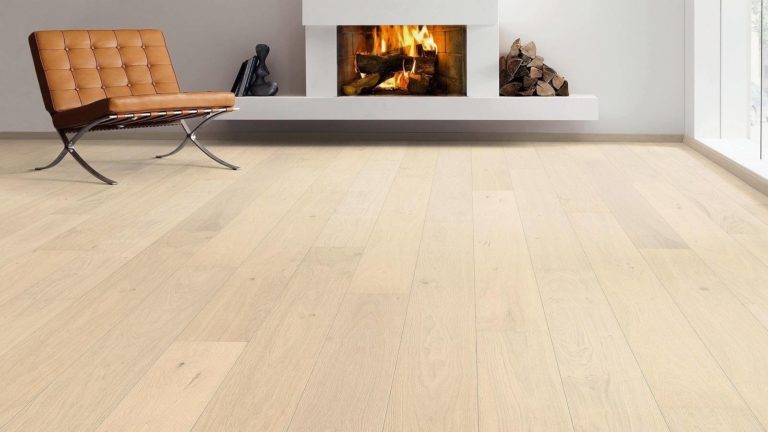
Hardwood flooring has not only efficient but also aesthetic and artistic value. Mahogany, maple, red oak – each type of wood has its own advantages and admirers. Also, white oak is placed on a par with them – a material with almost the same strength characteristics, but at the same time attractive with unique decorative properties. Let’s find out a little more about the use of this wood in the flooring production and determine in which interior it will look most harmonious.
White oak flooring pros
The raw material for flooring is oak wood, which naturally grows in the eastern part of North America, from Florida in the south to Quebec in the north. Due to the high demand for this raw material in the industry, the cultivation of oak forests is actively developing, facilitated by its unpretentiousness and fairly confident growth – not only in America but also in Europe.
The extraordinary vitality of the plant also affects the quality of the wood obtained from it. White oak flooring is highly sought after by both designers and those looking to create impeccable contemporary interiors. Such flooring allows you to achieve the tasks due to the following unconditional advantages effortlessly:
White and red oak flooring: how to distinguish
Both red and white oak flooring materials are highly valued. However, if the choice in favor of the second option is fundamental for you for some reason, and you are not sure that you can distinguish one type from another, do not worry. Although the differences are not apparent in most cases, you can still see them. We present to you the main signs – out of only three.
White oak flooring: 5 common myths
Today, many people are still wary of white oak solid wood for fear of using them as flooring. Most often, this is due to certain stereotypes that have nothing to do with reality. It’s time to debunk the myths – and be happy to choose a floor from this beautiful wood.
Myth 1: White oak floors are impractical and scratch too easily
As you know, wood’s susceptibility to mechanical stress of various kinds is determined by its hardness. Above, we have already said that very high indicators distinguish white oak in this parameter, and after processing with special varnishes, its hardness increases significantly. However, one cannot fail to mention that the most durable coating wears out over time – and if you want to maintain an impeccable oak floor, it is enough to follow a few simple rules:
Myth 2. White oak is incompatible with pets
Oak can withstand the effects of dog claws quite okay – even if you don’t trim them regularly. If your animals are already adults and toilet trained, you have nothing to worry about: the floor made of white oak varieties will not be affected by them. However, suppose its installation coincided with a puppy’s appearance in your family. In that case, you need to accustom him to the street as soon as possible and protect the flooring from any pet tricks.
Myth 3. Oak flooring cannot be used in the kitchen
Now you already know that high water resistance is one of the essential advantages of white oak. You can safely use such flooring in the kitchen. However, if you are passionate about cooking and spend a lot of time in the kitchen, you can play it safe and lay a rug in the working triangle area.
Myth 4. White oak flooring is impractical and difficult to maintain.
White oak can hardly be called impractical: due to its light shades and patterns, dust and hair are almost invisible on its surface, and their cleaning takes a minimum of time. A robot vacuum cleaner and an ordinary broom will do a great job of removing all that is superfluous, and polishing every six months will help remove minor scratches and maintain a spectacular appearance of the flooring.
Myth 5. White oak is expensive
In fact, raw materials from species grown in the country or near abroad are much cheaper than exotic wood. The final cost usually depends on the flooring’s processing and production, but in general, it will not come out much more than a wooden floor from any other popular species.
White oak flooring grades
When choosing flooring from a given type of solid wood, you should also pay attention to its grade. The grade is assigned to the material not based on the gradation “better or worse” – it is purely the appearance that is important, namely the presence or absence of knots, wormholes, mineral stripes, noticeable color transitions, and minor milling defects. According to this parameter, today, there are three classes of white oak boards.
There is also another grade – #3 Common, also known as “Tavern”. However, due to a large number of natural and machine effects of wood and the vast “discrepancy” in terms of size, it is used only in technical and functional rooms for various purposes.
Matching the wall color to white oak floors
Cool and even cold shades characterize white oak flooring. Such a palette requires a careful selection of the walls’ color to create a harmonious and, at the same time, unique interior. Designers offer different combinations based on the positions of certain tones in the color wheel.
Complementary shades
Complementary are colors located in the color wheel strictly opposite each other. Since white oak has a grayish-blue tone, a creamy yellow hue will become an additional one for it – the walls painted in it will create a discreet contrast and warm the room. In this case, you can use blue, gray, yellow, and brown tones of furniture, textiles, and accessories as accents.
Similar shades
Colors that are next to each other on the color wheel and collected in groups of three adjacent are called similar. At the same time, their use creates a subtle and harmonious palette to which other colors can be skillfully added.
Designers consider the blue-gray shade of white oak similar to green and purple tones, which provides complete freedom of action within a given color scheme. You can use deep and calm greens and plums or sage and pale lilacs, and by adding similar colors to them, gradually move to gold and red tones in the setting and decor. This technique allows you to create an unusually expressive interior in which all shades are in complete harmony.
White oak hardwood flooring: Conclusions + Photo Gallery
Unpretentiousness, versatility, outstanding aesthetic properties – all these advantages turn a white oak into a flooring for all times. Even if your design preferences change, this flooring is effortless to combine with any interior. Today, when rationality and sustainability are in trend, this is equally important.
